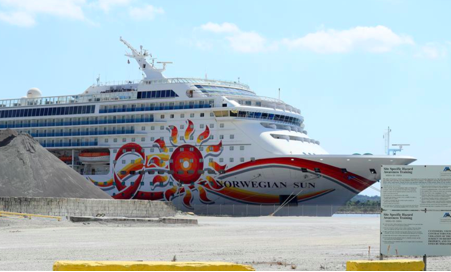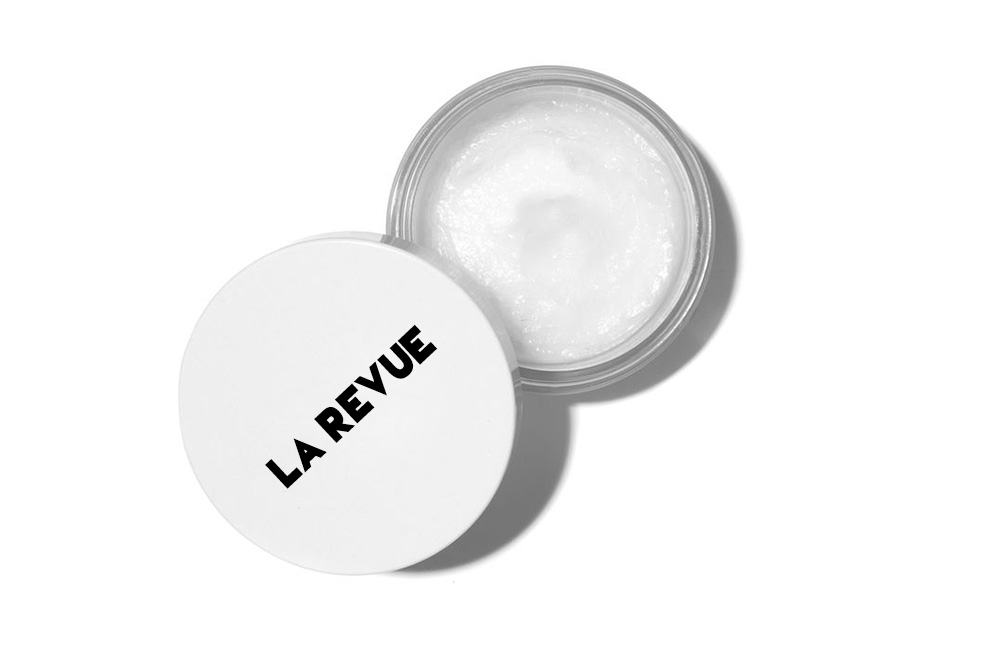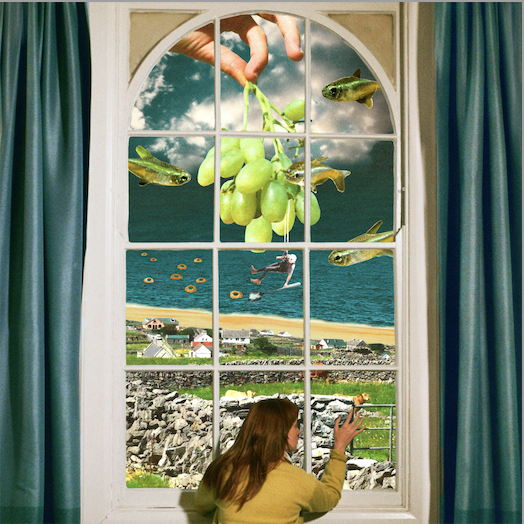The year is 2020 and we are besieged by a deadly virus.
Up until January of this year, this very opening line sounded more like something you’d hear as the start of a mid 90s disaster movie. However, it’s all become achingly real. With families and communities in mourning, international relationships in disrepair, and the real effects of both good management and mismanagement becoming apparent – as well as cultural quirks making a huge impact – this disaster movie is not over yet.
With COVID-19 still wreaking havoc on the world, we thought we’d cast our eyes over some of the hotspots around the world that have been deeply affected by the virus. Hotspots that have been set back so far that they may never recover. What do you think?
Cruise ships
The initial world focus on cruise ships as a harbinger of disease has certainly cast these moving monoliths in a different light. This first such cruise ship that really made an impact in world news was the Diamond Princess, a ship that docked for no less than a month in Yokohama, Japan, and wound up with around 700 people on board the ship infected.

Is this the final resting place of the juggernaut of the sea
Now, in the past, we have all heard stories of norovirus infections that sweep through cruise ships, giving everyone a terrible stomach bug. However, when the chance of infection may lead to fatalities, as is the case with coronavirus, we sit up and start paying real attention.
Cruise line giant, Norwegian, had indicated that they would need to file for bankruptcy, before managing to raise $2 billion to see them through potentially another year without revenue.
However, when you think about it, how many people would be willing to jump at the chance of a cruise again after this? In close quarters, without fresh air, and an aging clientele, the cruise line industry has taken its biggest ever hit – can it recover?
Casinos
Back in April, if you headed down the Las Vegas Strip, you’d see an eerie sight: the closed rows of casinos in a place that is supposed to run 24/7. Flash forward to the end of July, and casinos are back open – but for how long?
With bars ordered to shut in Nevada as part of new restrictions, it seems like the casinos will inevitably be next, as the state hopes to quell the surge of COVID-19 cases, perhaps from out-of-towners coming from states where there is a hotbed of coronavirus.
Casinos around the world have been hit hard by the virus: the indoor spaces are the perfect breeding grounds for the bug to spread. With people playing on the same machines, gathering around the tables, and indulging in a drink or 20, without vigilance it is impossible to keep sanitary conditions.
On the other hand, online gambling has been booming over lockdown, with punters flocking to online spots instead to get their fix. There really is no good reason to go to a casino anymore, when you can safely do it in the open air online.
Brick and mortar clothing retailing
With the event of lockdown, we have all been forced to stay at home, with clothing retailers deemed a non-essential service. For those used to the stuffy work clothes of the corporate environment, this was somewhat a sigh of relief. Getting to wear loose-fitting clothes and no pants to your Zoom meeting is quite liberating. Neiman Marcus and J. Crew suddenly needed to file for bankruptcy.

Maybe permanently
For those used to going out all the time, we realized that fast fashion was a little bit on the nose: cheap clothing worn a handful of times is bad for the environment. We decided instead to shop from the back of our wardrobe and bring out old items to make them new again. Fast fashion giant Boohoo made headlines for its mistreatment of workers during the coronavirus.
While the saying is ‘the clothes maketh the man,’ instead we’ve become empowered by realizing this isn’t true: it’s about making things work for us and being comfortable – letting our true selves shine through.
It’s not over yet
These are just the initially hard hit industries that may not yet make their recovery. If COVID-19 continues on its course, there may be plenty of other hotspots that don’t make a full recovery. For places that rely on international tourism rather than domestic tourism for the majority of their incoming, the end may be nigh.





